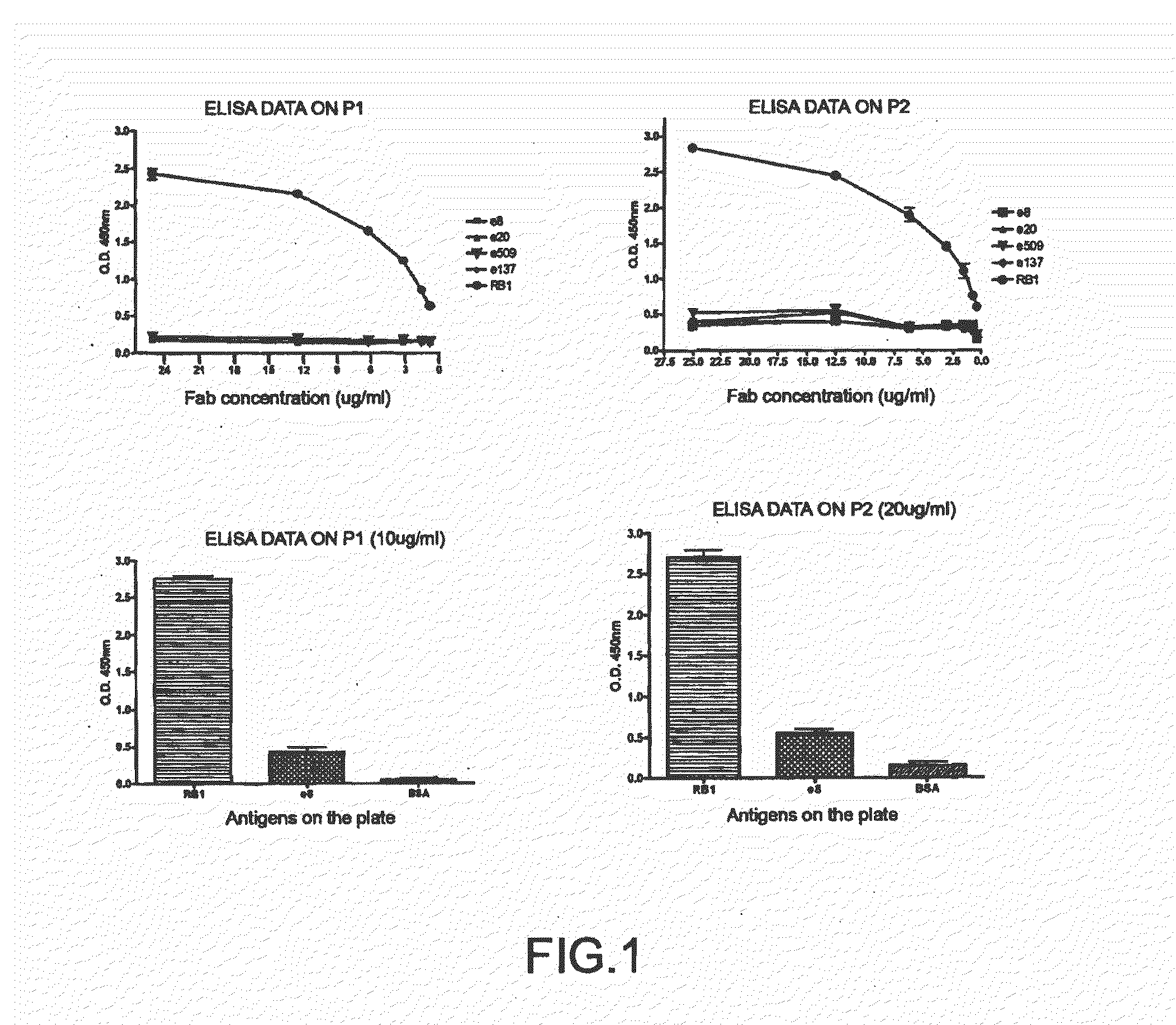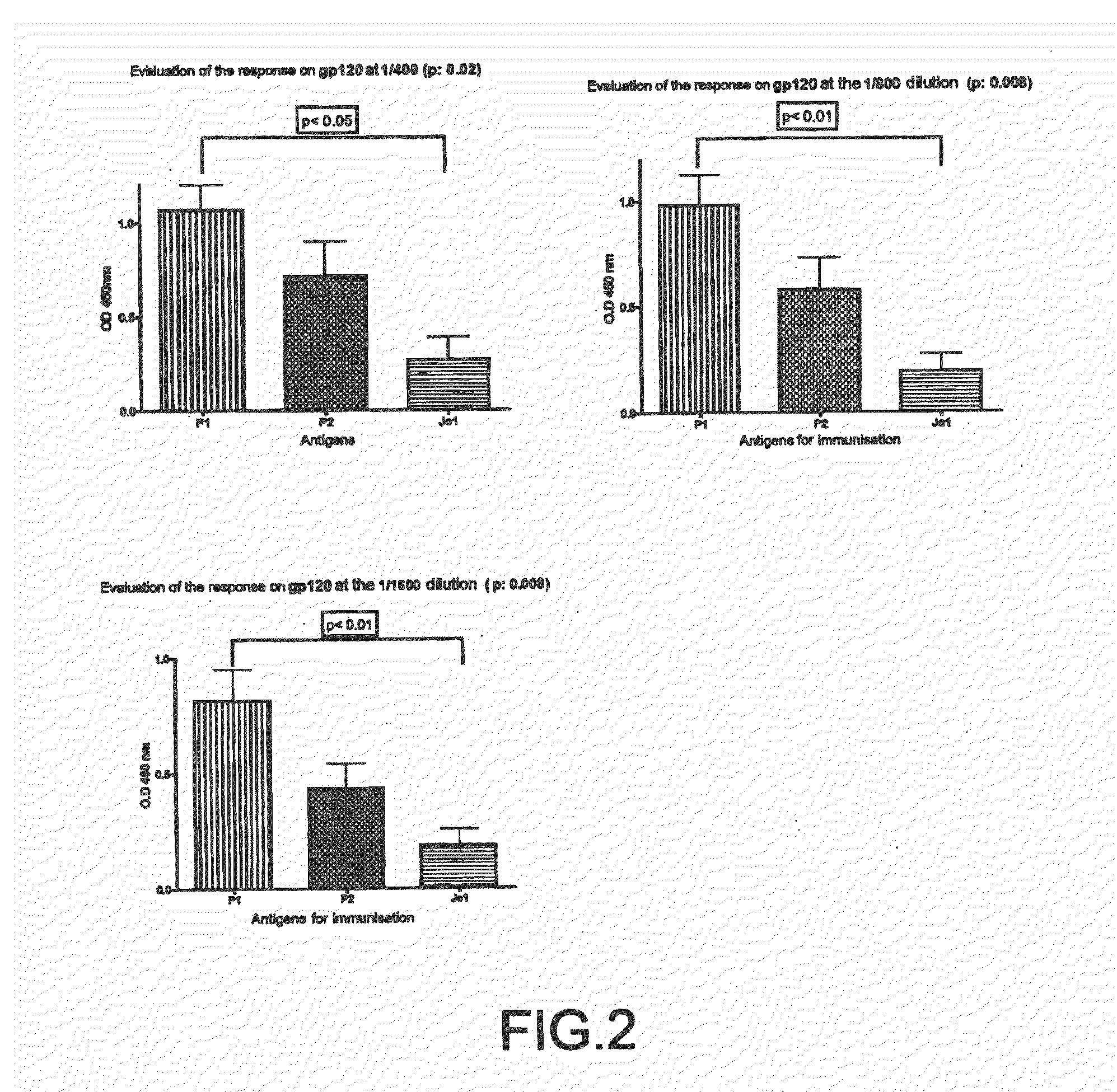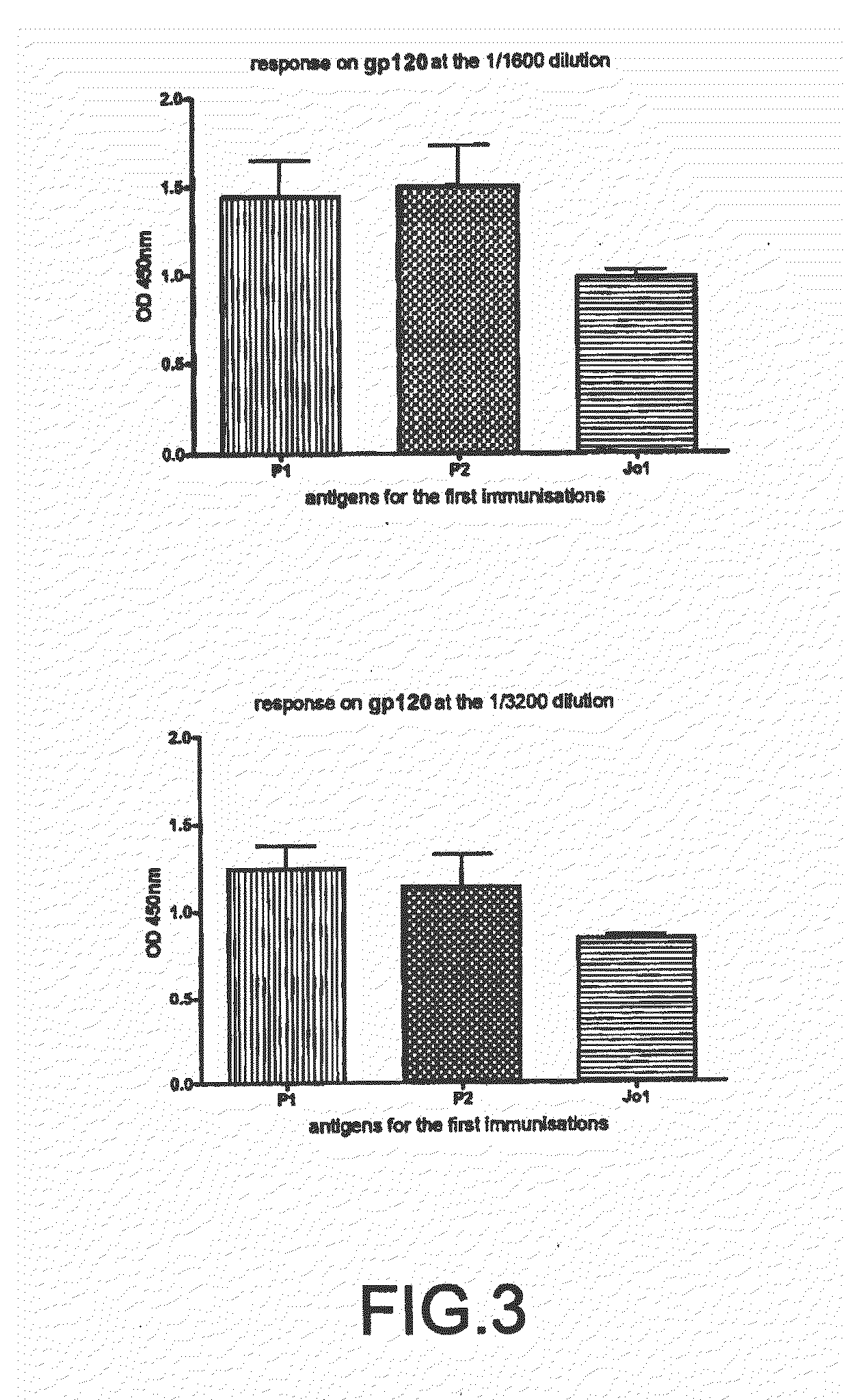The impossibility of carrying out control mechanisms for the infection, or their ineffectiveness, has already determined horrifying pictures in certain areas of the globe.
For instance, in certain regions of sub-Saharan Africa (the region of the world most affected by the
pandemic) it is estimated that more than 50% of working-age subjects are seropositive, with obvious repercussions on the economies of this area of the world already devastated in any case.
However it is linked to a series of adverse factors that within a few years could reduce its positive
impact.
First of all, today's available therapies are not curative; in other words, treated subjects fail to eliminate the
virus completely, but remain infected and thus exposed to the risk of developing the severe clinical forms of infection (evident AIDS), and anyway of transmitting the infection to other people.
This causes patients' low compliance with the therapy itself.
Furthermore, the high cost of the therapy makes its use absolutely unlikely on a large scale in the world's depressed areas that, as mentioned above, represent the true explosive reservoir of infection at global level.
Unfortunately, HIV infection is still nowadays an open challenge and difficult to solve by the scientific
community.
However, the main concern is represented by, as mentioned in the previous section, the hypervariability of certain viral proteins, which enable the
virus to overcome the stimulated defenses and thus resume replication in an uncontrolled manner.
In the case of HIV infection, the
immune system is thus continuously called upon to run after the virus variability: however, the natural history of the infection demonstrates that the
immune system results constantly defeated in this chase.
In other words, those very antibodies will not be able to protect the patient who produced them from new viral variants that will develop, and (the most important fact from the vaccine point of view) all the more so would not prove protective for other patients infected by other HIV variants.
In fact, the virus escapes through a series of mutations that make the usually generated non-broad range neutralising antibodies useless.
In other words, the virus would only
expose these key regions at the time of direct interaction with the target
cell, thus limiting their
exposure to the
immune system.
However, in the previous sections, the molecular reasons why classical vaccine approaches, even though contemplating the use of an
antigen so important to the virus, did not lead to positive results have been pointed out.
In particular, the use of inactivated whole virus particles, or of gp120 recombinant monomeric forms, leads to stimulation of an immune response merely limited to the virus used in the vaccine protocol, or from which the recombinant
protein had been obtained.
However, the first data collected from approaches regarding this strategy have revealed a series of problems tightly connected with each other, both from the technical point of view and from the point of view regarding the effectiveness of the approach itself.
However, none of the approaches followed have allowed for completely solving the
trimer stabilisation and purification problems, nor have they led to definitely superior results compared to those obtained with monomeric forms of gp120, in terms of
efficacy and especially of the extent of the neutralising activity.
The results obtained with approaches contemplating the use of gp120 recombinant forms mutated in order to make key portions of the
protein more available to the immune
system were similarly unsatisfactory.
The main problem with all the above illustrated strategies concerns the inability to stimulate, in addition to a type-specific neutralising response, a broad range neutralising response.
A similar approach has not yet given satisfactory results, also because the removal of such large portions from the protein has inevitable effects on its whole conformation and hence on the CD4-binding portion that might lose its own distinctive features.
However, the results obtained with this approach have been unsatisfactory, in as much as this strategy, although leading to a reduction in the immune response directed against non-conserved portions of the molecule, has not been able to cause an extensive response to gp120 crucial portions.
As it has been many times scientifically demonstrated that one identical
epitope may be able to stimulate a
specific antibody response in an
experimental animal but not in human beings, the choice of using non-human derived polyclonal preparations or monoclonal antibodies as the template for obtaining anti-idiotype antibodies makes the attainment of anti-idiotype antibodies useful for vaccine purposes in man uncertain; i.e. it is uncertain that they would be capable of effectively miming fundamental gp120
antigen portions recognized by the human immune
system and of accordingly being able to stimulate an effective immune response in human beings.
The majority of such prior documents, however, do not describe in practical terms the production of anti-idiotype molecules, nor their properties and applications.
Furthermore, the neutralising response achieved in primates disclosed in this
patent application is weak and requires prior purification of the antibodies used in the immunization.
It can thus be concluded that the antibodies obtained with the WO 92 / 15885 method, besides not being sufficiently specific to the useful portion of the anti-gp120 immunoglobulins (the idiotype), are not able to evoke a strong neutralising immune response (low
antibody titres) and thus are not particularly promising as vaccines.
 Login to View More
Login to View More 


